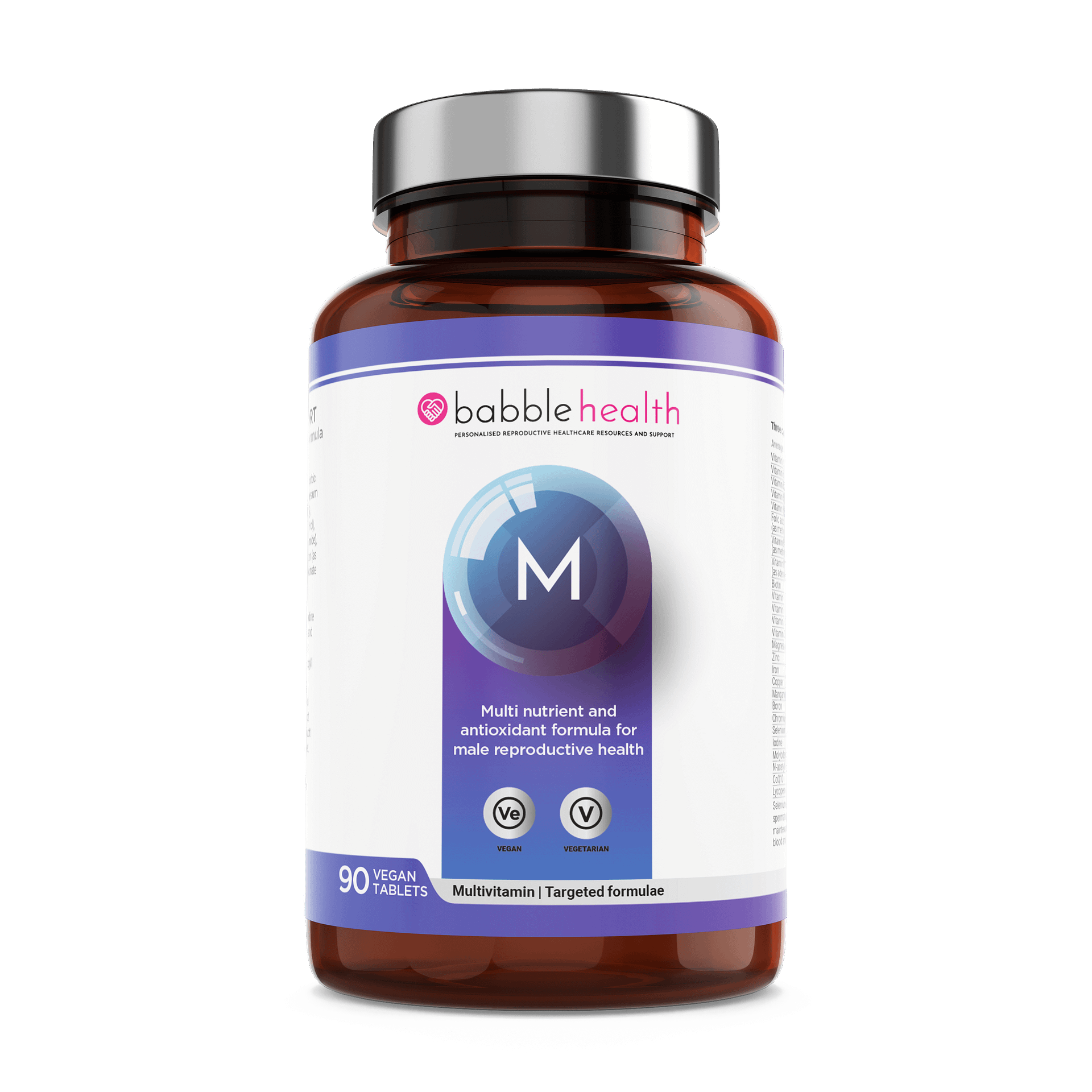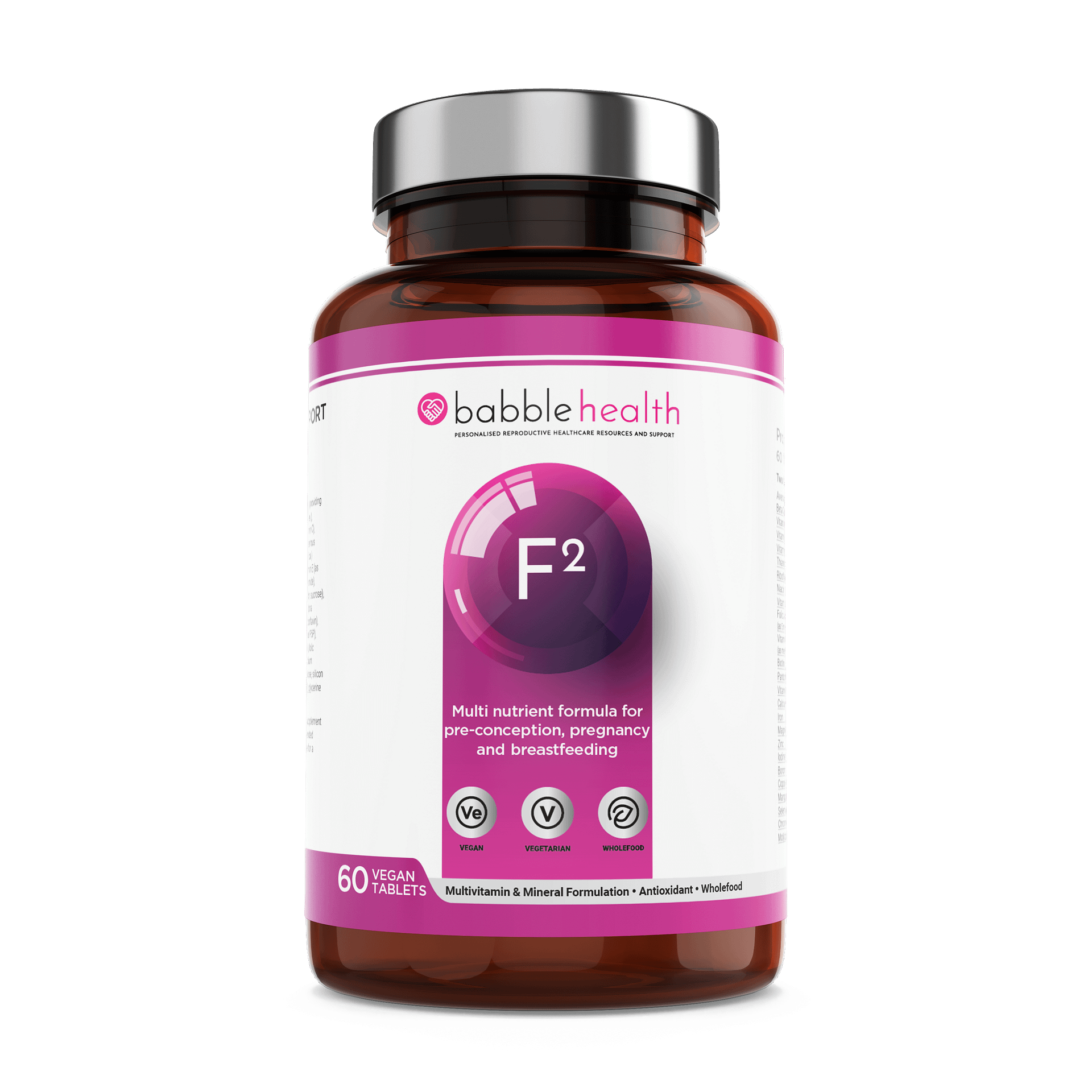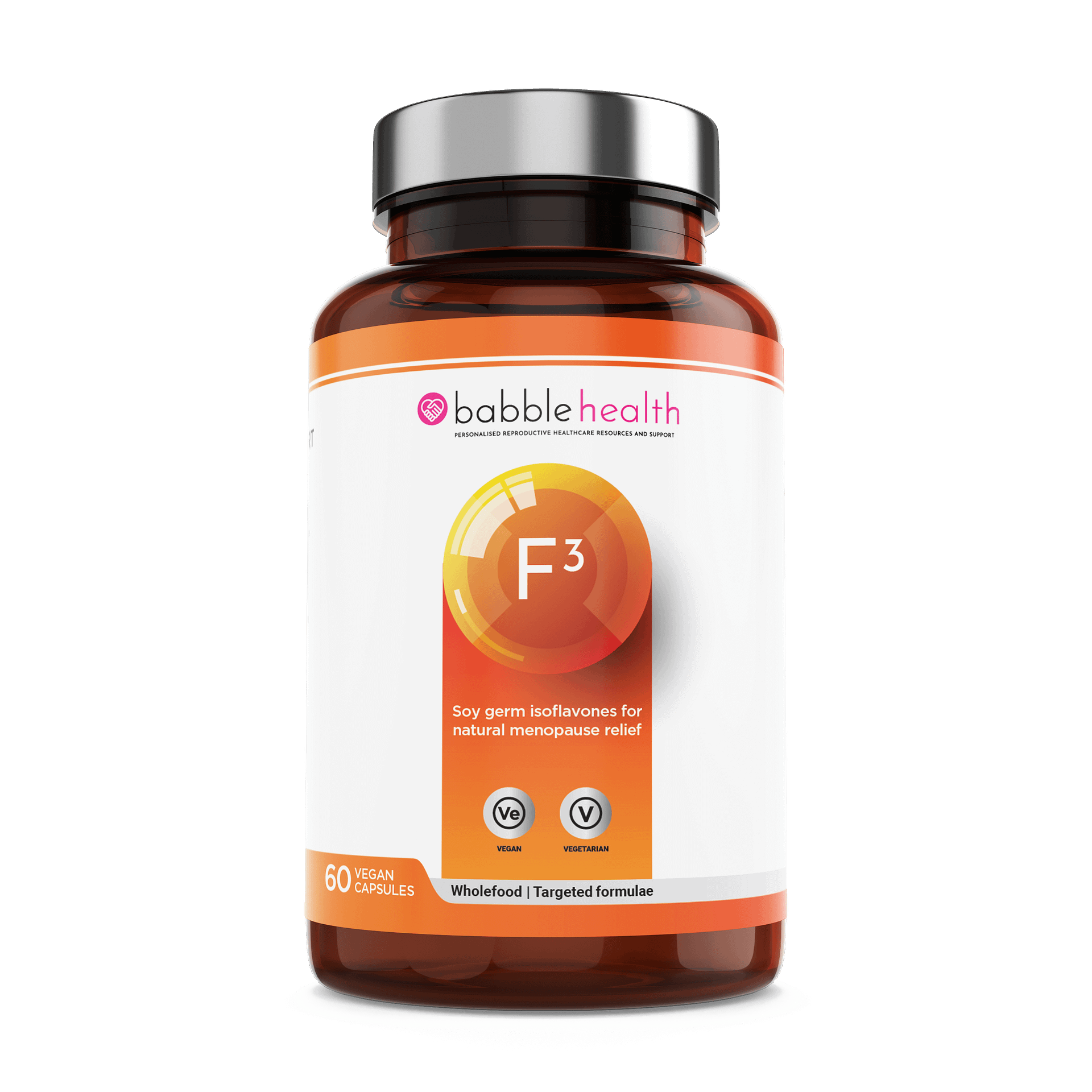If you are struggling to conceive or concerned you may be approaching menopause, it is important to get a diagnosis as soon as possible. With so many tests available though, it can be quite overwhelming knowing where to start.
While no single test can give you the reasons for your failure to conceive, when considered together, fertility tests provide a diagnostic picture for your doctor to consider.
Here, we have broken down the tests in order of preliminary “standard” tests and then more in-depth tests.These are your first tests towards an accurate diagnosis and effective treatment plan.
If you are starting your testing in clinic:
Medical History
Your consultant will start by asking you about your medical history, how long have you been TTC, if you have suffered miscarriages, lifestyle questions and will note your BMI.
Ultrasound
Routinely, a fertility ultrasound scan is performed during the first consultation, focusing on the ovaries to check your egg reserve and to make sure that there aren’t any reasons for concern, such as cysts, PCOS etc.
The uterus is also checked to make sure that it is healthy and there aren’t any polyps, fibroids etc.
You will then be given the following “preliminary standard tests”:
Hormonal profile (female partner):
- AMH – AMH stands for Anti-Mullerian Hormone and is found in your ovarian follicles. Testing your AMH can provide a prediction of your ovarian reserve.
- FSH- FSH helps control the menstrual cycle and stimulates the growth of eggs in the ovaries
- LH- LH helps control the menstrual cycle. It also triggers the release of an egg from the ovary
- E2 (Oestradiol) – E2’s main function is to mature and then maintain the reproductive system. During the menstrual cycle, increased estradiol levels cause the maturation and release of the egg, as well as the thickening of the uterus lining to allow a fertilized egg to implant
- TSH- thyroid stimulating hormone. Good thyroid function is needed for fertility and many women don’t realise it. It can also affect sperm production in men.
- Prolactin – Extreme levels (too high or too low) of prolactin can lead to infertility.
Home Testing
If you haven’t yet booked a consultation with a fertility expert, and want to start by purchasing at home testing kits:
We suggest these 4 tests as a good place to start, as they cover many of the hormones that fertility doctors test first:
1)Female Hormone Blood Test (This test needs to be done between day 1-5 of your cycle)
This test looks at:
- LH
- Testosterone
- FSH
- Free Androgen Index
- Oestradiol
- Prolactin
- Proteins
- Sex Hormone Binding Globulin (SHBG
- Free Thyroxine
- Thyroid hormones
2)Anti-Mullerian Hormone (AMH) Blood Test (This test can be taken at any time)
This test looks at:
- Anti Mullerian Hormone – AMH testing is an estimate of the number of viable eggs a woman has.
3)Ovulation Progesterone Blood Test (This test must be taken on day 18-21 of your cycle)
This test looks at:
- Progesterone – Progesterone is critical for the preparation of the endometrium, or uterus lining. If your levels are low it can mean that your uterine lining isn’t well-prepared for implantation and your luteal phase may be shorter, both of which can lead to infertility or recurrent miscarriages.
For men, the most common test for infertility is semen analysis. This test looks for abnormalities in sperm and assesses motilty, morphology and overall count.
Our at home semen test will be launching soon, but for now, you can book an appointment with one of our partner clinics. Click here to learn more.
Your fertility specialist may also request a more detailed analysis. If you would like to start by testing from home, we would recommend this test:
4)Advanced Male Fertility Hormone Blood Test
This test looks at:
- FSH
- LH
- Testosterone
- Prolactin
- Free testosterone – calc Semen Analysis
These initial tests are a good place to start to see where you stand with your reproductive health. If after these preliminary tests, your consultant feels you need further tests, you might be offered the following:
- The Aquascan (also known as a 3D Hydroscan or a Saline Infusion Sonography) is an internal ultrasound scan procedure that is used to asseses the uterine cavity. By using a saline solution, gently inserted into the vagina and then cervix via a catheter, your doctor can detect the presence of scar tissue, polyps, fibroids, or other uterine abnormalities. This procedure may also be helpful when looking into why a woman is experiencing recurrent miscarriage.
- The HyCoSy scan (which stands for Hysterosalpingo Contrast Sonography) is an ultrasound scan, used to check whether the fallopian tubes are open. This procedure involves the use of a foam dye, which helps the sonographer see clearly if there are any blockaages. As you would have during a smear test, a speculum is inserted, followed by a catheter which is passed through the cervix. At the end of the catheter is a tiny balloon, which is then inflated once inside the uterus. The reason for this is to keep the catheter in position. Once in position, a small amount of water is passed through the catheter to show up the cavity of the uterus. Following that, the contrast fluid, or foam dye, is then passed through the catheter to highlight any blockages. This procedure does not use X-rays or any kind of radiation, but instead, a transvaginal ultrasound probe.
- The HSG (which stands for Hysterosalpingogram) is similar to the. HyCoSy in that a dye is used to highlight blockages, but in the procedure, a series of X-rays are taken rather than a transvaginal ultrasound scan. The X-rays are taken after your doctor injects liquid dye through the cervix. The HSG can help your doctor see if your fallopian tubes are blocked.
- The Transvaginal ultrasound is a simple procedure whereby your doctor places an ultrasound probe into the vagina and brings it close to the pelvic organs. Using sound waves, they’ll be able to see images of the ovaries and uterus to check for problems there.
More detailed tests if further assessment is needed:
- The Hysteroscopy is a procedure whereby your doctor passes a fine camera through the cervix and into the uterus. This enables your doctor to directly visualize the cavity of the womb to see any problems and take tissue samples if needed. This is used in cases of a negative result despite excellent embryo quality
- The Laparoscopy procedure, which is described as keyhole surgery, allows your doctor to examine the pelvic anatomy for causes of female infertility. In this procedure, your doctor makes small cuts (1cm or less) in your belly and passes a camera inside to check your entire pelvis. Dye is also passed to check for blockages to the tubes. This can also be an opportunity to correct problems such as endometriosis, scar tissue or tubal blockages which may improve chances of natural conception. This procedure requires a general anaesthetic, you will usually be discharged from the hospital on the same day as the procedure.
Further testing for special circumstances:
- Genetic thrombophilia testing – After a biochemical pregnancy or a miscarriage.
- Karyotype – After a biochemical pregnancy or a miscarriage.
- DFI (DNA fragmentation index) – In case of low fertilisation rate or severe male infertility
- Microbiome analysis with PCR – Recurrent implantation failures
- Moc Embryo transfer – Embryo transfer – A “mock” or “dummy” embryo transfer is a trial run for the embryo transfer procedure. It can help to ascertain if the actual transfer, with the embryo, is likely to encounter difficulties.
- Immune profiling










